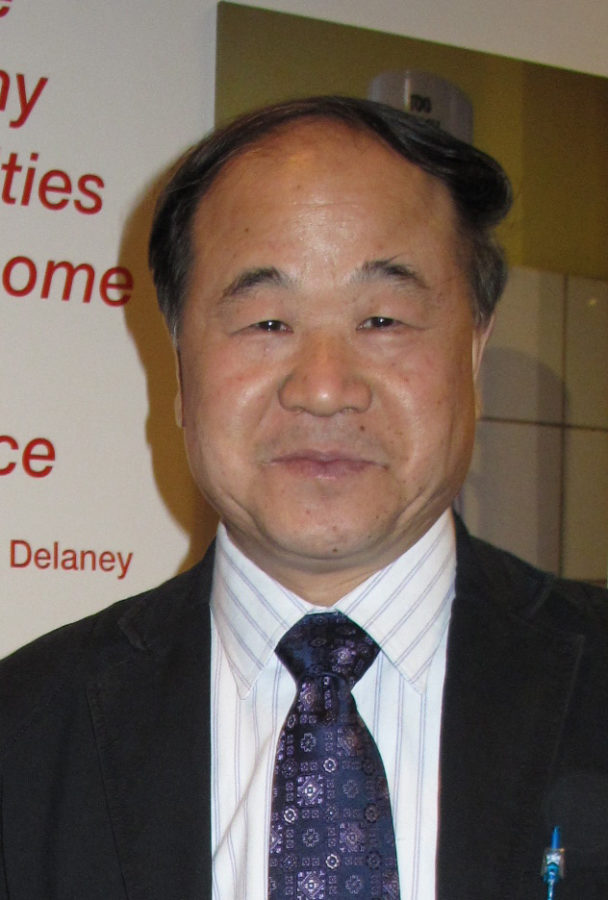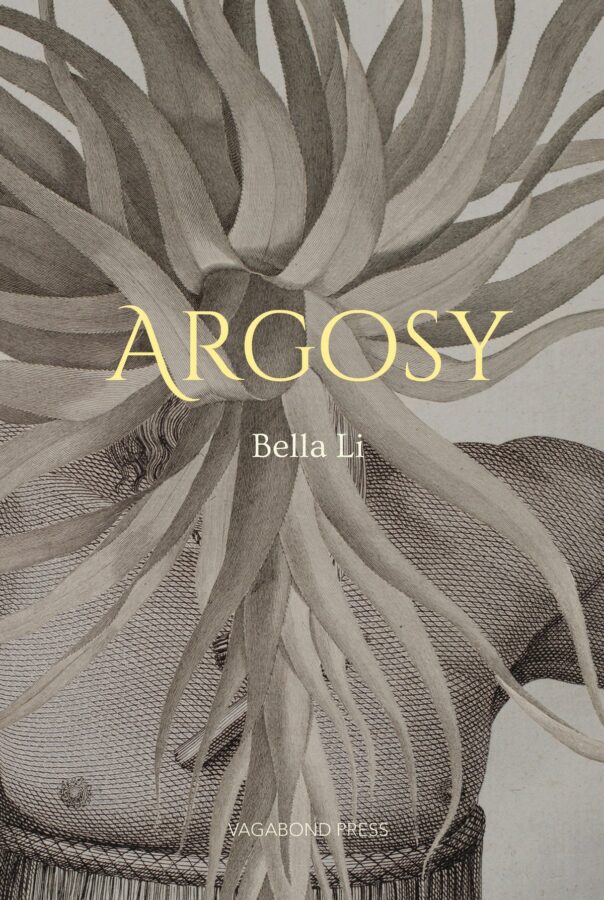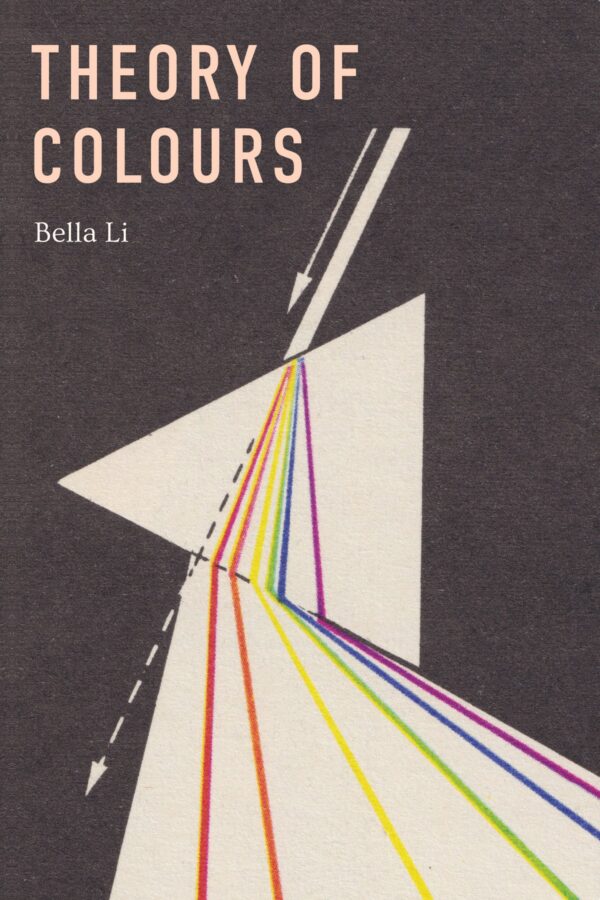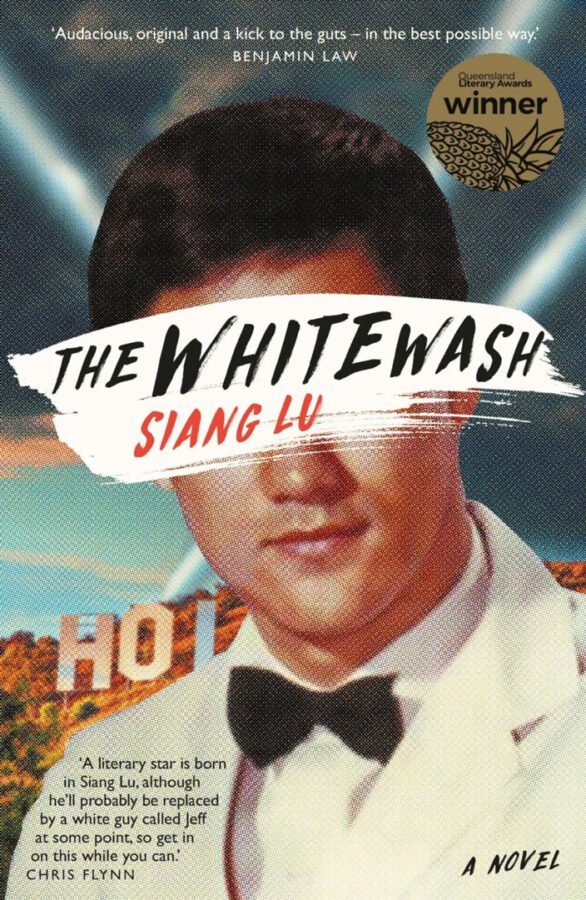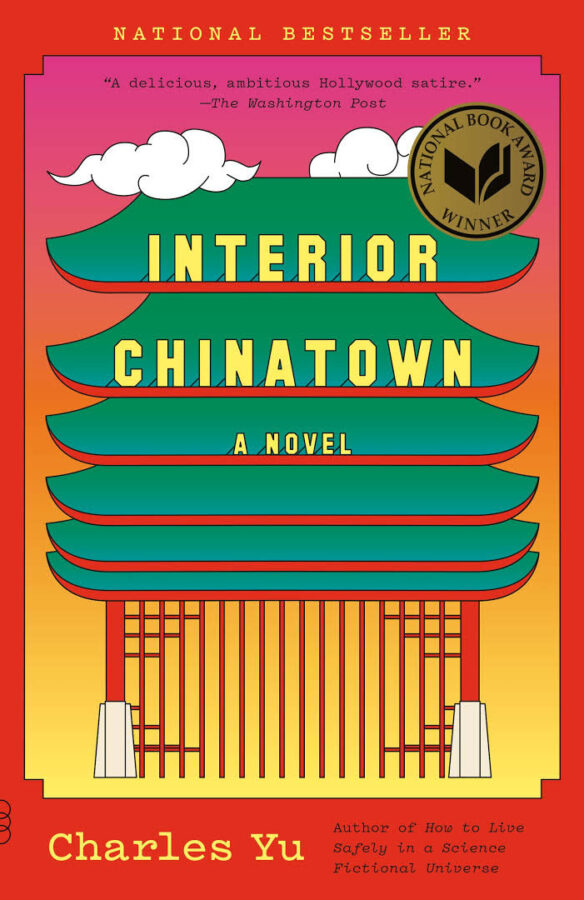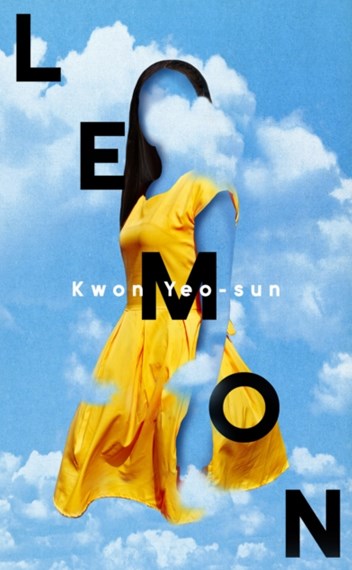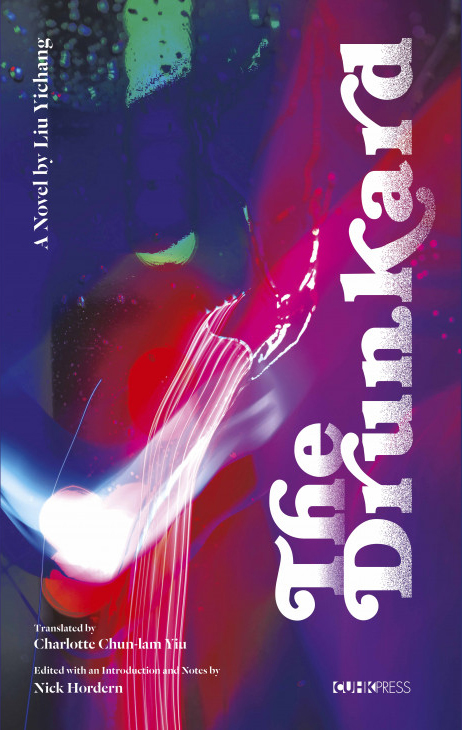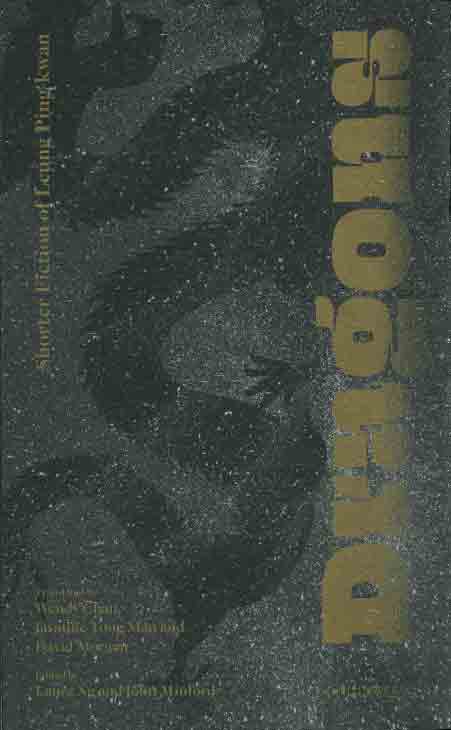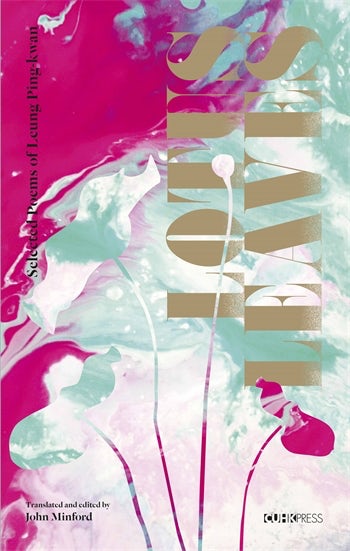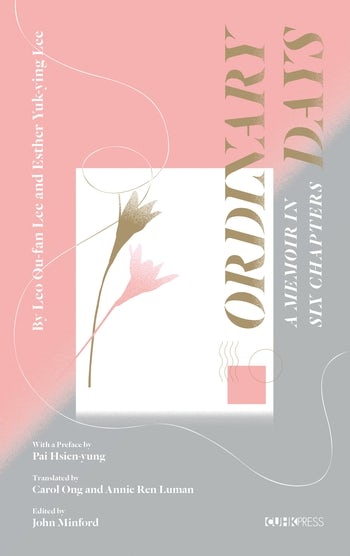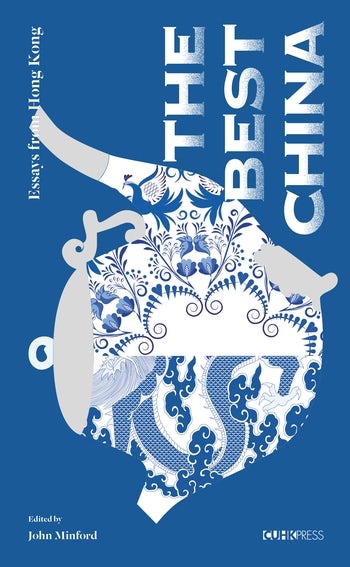Translated from the Chinese by Jing Han
Some people pursue new trends, some people seek to preserve the past, but we all find it very difficult to shake off the influence of tradition. Tradition, like air, is everywhere. As soon as a writer picks up his pen, tradition starts directing his writing. Tradition is to the writer as water is to the fish.
In what tradition does the Chinese novelist write? In my unrefined view, it involves the patterns and styles formed and developed by traditional folk storytellers in teahouses, inns and markets. The earliest novelists were those who told their stories enhanced by the movements of their body. They or others recorded these oral narratives in writing, re-organised them, refined them and made them into novels. That is why references to this traditional storytelling can be found in classic Chinese novels. The serial chapter novel with each section headed by a couplet providing the gist of its content was probably created by traditional storytellers. The chapter ended when the teller became tired and wanted a break for a cup of tea and a smoke. That was also the moment when they took the opportunity to collect money from listeners.
I grew up in the countryside and my biggest joy was listening to storytelling in the markets. I had no money, so I could only hide myself in the crowds to listen. I was reprimanded and ridiculed by the storytellers once they discovered me. Initially, my mother disapproved of me going to the markets to listen to stories, but she soon relented because each time I came back, I could repeat to her what I had just heard, word for word. Later, when the Cultural Revolution arrived in our village, the storytellers were kicked out of the markets and I lost my opportunity to listen to stories.
There was an old man in the village who was illiterate. He looked after the cattle and horses for the production brigade. He loved listening to stories when he was young. He used to pull rickshaws in Qingdao and spent all his earnings on listening to stories in teahouses. It was believed that the storyteller he listened to was a pretty woman. On many cold winter nights, sitting on a warm bed in the animal shelter, competing with the sound of the cattle and horses chewing, the old man re-told for us the stories he had heard in his youth. And each night before he started telling the stories, he would first tell us about his friendship with the female storyteller. His memory was truly amazing. Years later, it occurred to me that it was probably because he had fallen in love that he was able to remember every single sentence spoken by the female storyteller. Those experiences were the first things I learnt about the novel.
It goes without saying that classic Chinese novels derive from the storytellers’ scripts and have developed their own aesthetic perspective and artistic traditions. Professor Ye Lang of Peking University wrote a well-known book entitled The Aesthetics of the Chinese Novel. I attended Professor Ye’s classes when I was studying at the Literature Department of the People’s Liberation Army Arts Academy, and his teaching was immensely valuable to me. Professor Ye listed all the traditions of the classic Chinese novel, but I only remembered one of them, that is, direct presentation.
What is direct presentation? It means that the author avoids describing the characters’ inner life and makes no judgment about them. Instead, the author uses a character’s own speech and behaviour to reveal their psychology and personality. It is the most brilliant and fascinating feature of classic Chinese novels. This technique requires great narrative skill and adaptability. It is based on the author’s own rich experience of life and human circumstances, on his ability to understand people and on his intimate knowledge of his characters, as if they were his own family.
During the 1980s, there was an upsurge in the study of Western literature in China. We learnt many valuable lessons from Western literature, but we also soon realised the importance of valuing and returning to tradition. Chinese writers who want to produce novels with Chinese characteristics, not only need to learn from the West, but more importantly they need to be nourished and to gather material from our own cultural traditions.
In 1987, I wrote a novel entitled The Garlic Ballads. It demonstrates my own efforts to return to tradition. One major character in the novel is a folk storyteller. The novel did not fit the social and literary environment at the time, but I know its significance to me personally. Later, I wrote another novel called Sandalwood Death, also inspired by folk drama. That novel is my salute to folk cultural traditions. It inspired many young writers but was also strongly disliked by other people.
There is no doubt that the ultimate aim of learning from and returning to tradition is to innovate. We must remember that tradition is like a cultural river. It needs a constant injection of new water to keep it flowing.
